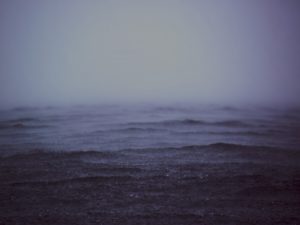Water pollution is a problem that is easily overlooked. It is easy as most people whose livelihoods depend entirely on large waterbodies do not have the power to make policies and join pacts that can ensure their safety and restoration of the ecosystem.
 However, the Chesapeake Bay Program has improved the state of health of the watershed and saved lives of aquatic animals that would have perished due to nutrients toxicity.
However, the Chesapeake Bay Program has improved the state of health of the watershed and saved lives of aquatic animals that would have perished due to nutrients toxicity.
The program that began in 1983 with a goal to reduce pollution and restore the ecosystem has seen many influential policy makers append their signatures in support of the cause. The results have been immense;
- Clean waters
- Healthy ecosystem
- Reduced nutrients pollution
- Reduced aquatic life mortality
- Improved community Engagements
- Improved land conservation mechanisms
While these are just a few of the benefits that have been achieved by Chesapeake Bay Program, the drive to improve the state of the ecosystem is a motivation that polluted waters can be restored and aquatic animals can be saved.
Here are some of the threats to clean water
Nutrient Pollution– The methods of farming that were used in the past left so much fertilizers unused on lands. When it rains, all these nutrients get into the water causing excess nutrients such as phosphorous and nitrogen.
When these nutrients are deposited in the water they foster the growth of algae that depletes the oxygen in the water and interferes with how fish breathe. When the algae blooms persist, fish and other aquatic animals will die of asphyxiation. Also, these algae can produce toxins and make the water dirty and unsafe.
Poor agricultural practices- Agriculture is the backbone of most world economies. We depend on agriculture for our nutritional needs. However, poor agricultural practices have led to deterioration of the Chesapeake Bay health.
These harmful practices include; over using fertilizers and pesticides, over tilling, and poor irrigation methods. Such harmful agricultural practices push pollutants into the waterways hence contaminating the water.
Needless to say, pesticides may still be potent when they are dumped into the waterways, hence will kill aquatic life.
Invasive Species- Invasive species; plants and animals that are introduced in the waterways can interrupt how native plants and animals live.
Obviously, when invasive species join an ecosystem they will create competition for nutrients, this will cause starvation and possible loss of some species. Some invasive species also feed on native species. An example of invasive species that feeds on native species is the northern snakehead which originates from china.
There is so much more that can be done to restore the health of the Chesapeake Bay health. We have a responsibility to take care of the waterways and the bay, we therefore must adopt healthy farming practices to achieve the prime goal—restoration of the bay.
